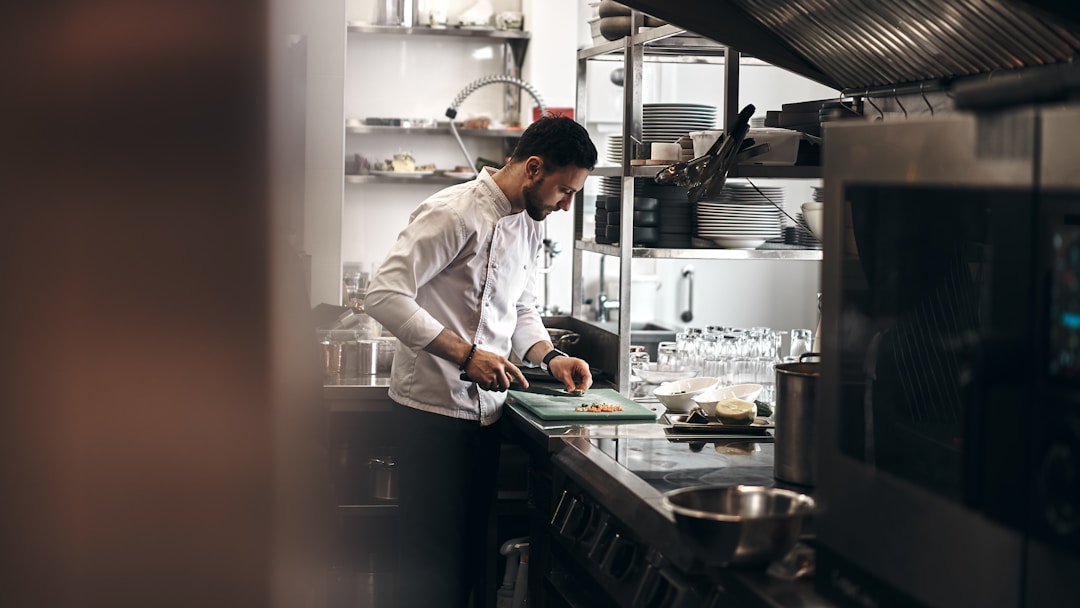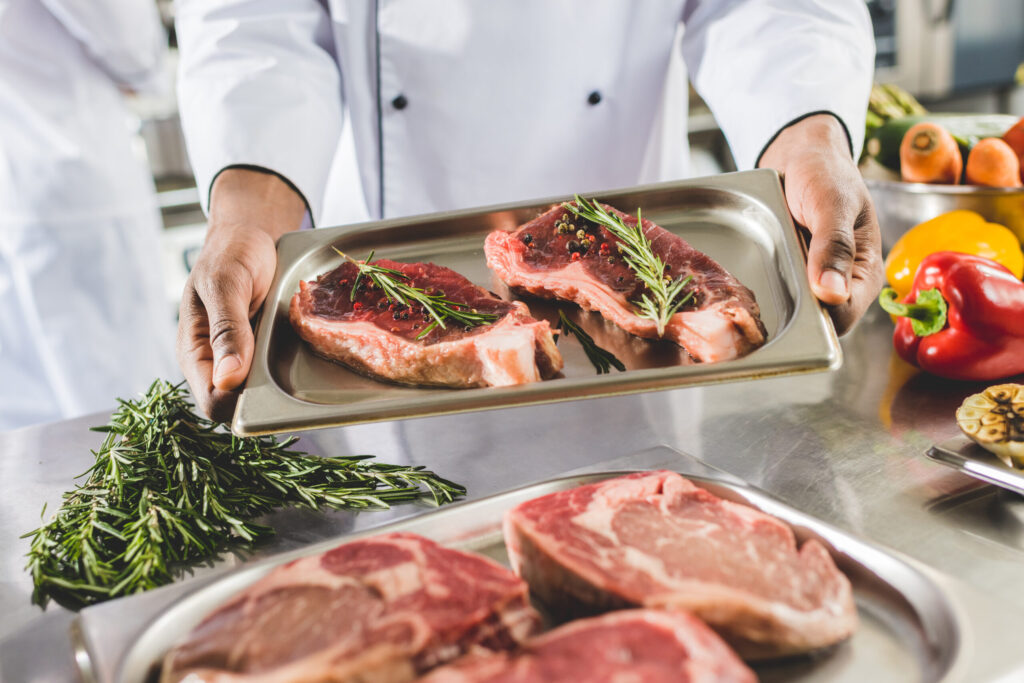With the food industry’s cut-throat competition, creating a sustainable growth strategy for your restaurant can be tricky. You’ll need to deal with supply, customer demand, staffing, marketing strategies, and levels of consumer satisfaction, among many other factors. However, don’t let these hurdles deter you. This article will outline a strategic plan to help your business grow sustainably. We will discuss adapting to evolving technologies, investing smartly in your cooking tools, incorporating customer feedback, and sticking to ethical business practices. Keep reading to find out more.
Investing in Quality Cooking Equipment

We all know that the heart of any restaurant business is its kitchen. This is where all the magic happens, and as such, there is no room for compromise. Your cooking equipment has to be efficient, reliable, and of top quality — these are non-negotiable requirements. With state-of-the-art equipment, you are guaranteed consistent and efficient service in your restaurant regardless of the volume of orders coming in. Your staff also get the opportunity to develop their culinary skills, something that can only happen when the equipment they are using is top-notch.
When it comes to buying commercial cooking equipment, you must give consideration to durability, efficiency, and affordability. A single piece of equipment, like a convection oven or a high-tech mixer, can affect the quality of the food, the productivity of your staff, the speed of service, and, ultimately, your customer satisfaction. Therefore, adequate research should be done before purchasing any new equipment. You’ll need numerous cooking appliances, from commercial ovens to commercial refrigerators and freezers for proper food storage.
Consider buying energy-efficient appliances to keep your operating costs low and promote environmental sustainability, which is becoming an increasingly important consideration for many consumers. You can even switch to LED bulbs or make other energy-efficient changes. Even a high initial cost shouldn’t turn you off if, in the long run, the equipment proves to be cost-saving and supports your restaurant’s operational efficiency.
Adept Adaptation to Evolving Technologies

50 years ago, the equipment you would see in a typical kitchen would barely resemble what we see in this era of ever-growing technology. For your restaurant to compete and maintain its relevance, you need to embrace modern tools and technology that not only improve efficiency but also maintain acceptable standards of service. Online ordering, digital menus, restaurant analytics, and cloud-based POS systems; are just a few advancements to consider.
In this line of thought, you might also want to consider open end coding services. Coding can organize customer feedback into categories, helping you understand their needs, preferences, and dissatisfaction points. These coded insights can guide your business toward improved services and growth. Open-end coding offers the ability to gather valuable insights and feedback from customers. By employing open-end coding services, restaurants can collect detailed responses from customers regarding their dining experience, menu preferences, and satisfaction.
Incorporating technology in a restaurant opens the doors to efficiency and sophistication. Imagine having a system that calculates your stock levels after every day of operation, or having your menu on the Internet where anyone interested can easily see and make orders. Such advancements save you time and effort and meet customers’ evolving expectations. These same technologies can assist in better organizing your work procedures, making processes quicker and more efficient.
Integrating Customer Feedback into Your Business Strategy

Listening to your customers is the fastest way to grow your restaurant business. Despite your idealized perceptions of your restaurant, what really matters is what your customers think because, without them, you have no business. Digitizing your feedback collection can be a useful method of collecting, organizing, and analyzing customer opinions.
The value feedback provides goes beyond the surface. It can alert you to underlying problems in your restaurant that you may not have even been aware of. Problems like slow service times, subpar menu items, or rude staff. If a particular issue is repeatedly mentioned in feedback, that’s your cue to address it promptly. Feedback can also be positive, and these areas recognized as strengths should be nurtured and developed further. Positive feedback can help you identify areas in your service that give you a competitive edge.
As this article demonstrates, sustainable growth for your restaurant is achievable through strategies that focus on embracing evolving technologies, investing in high-quality cooking equipment, utilizing open-end customer feedback, and fostering ethical business practices. Overall, constant growth and development are vital to remaining competitive and growing sustainably in the modern food industry.

